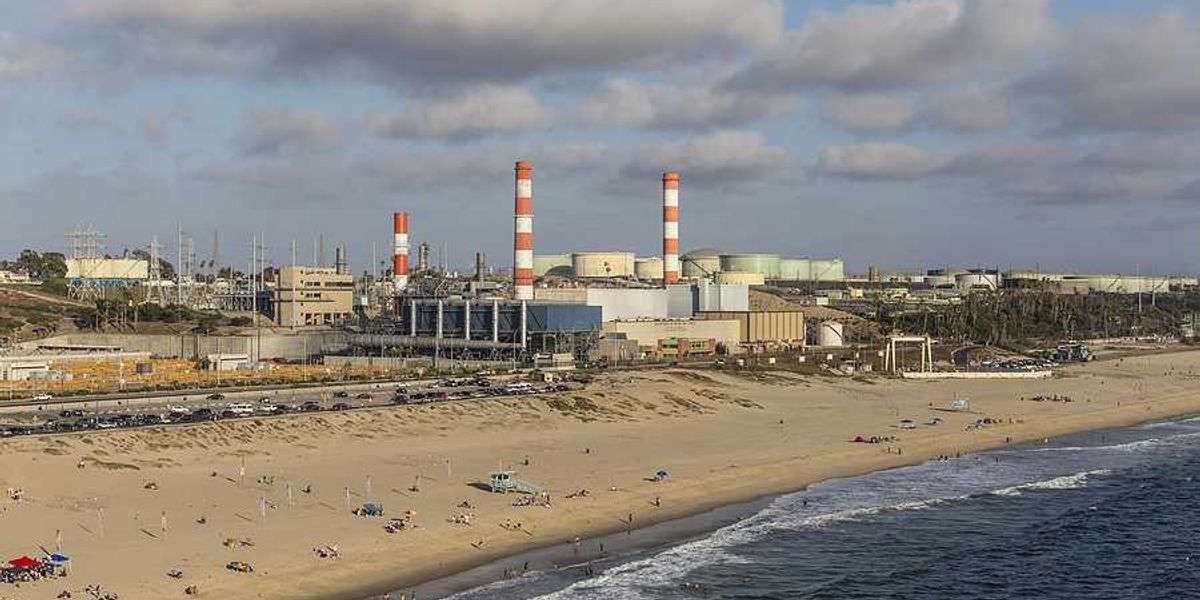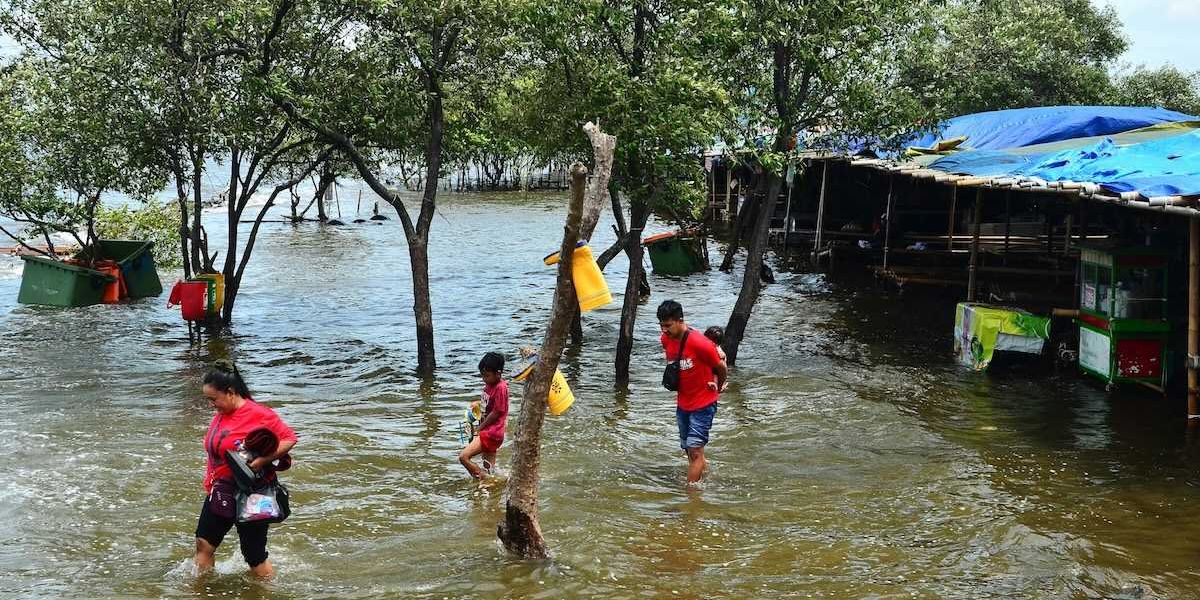Mercury contamination in Arctic wildlife may persist for generations despite global emission cuts
Mercury levels in Arctic animals continue to climb, driven by ocean currents and ancient pollution, raising concerns for communities that rely on traditional hunting.
Sachi Kitajima Mulkey reports for The New York Times.
In short:
- Researchers found that mercury in Arctic wildlife, including fish and mammals, is largely transported by ocean currents, meaning contamination persists even as emissions decline.
- Mercury accumulates in top predators like seals and polar bears, with concentrations in polar bear tissues doubling over the past 40 years.
- Indigenous communities relying on marine mammals for food face heightened health risks, and warming permafrost could release even more mercury into the ecosystem.
Key quote:
“It’s a quite unique situation. This population that ought to be, you know, in a clean environment, has some of the highest concentrations.”
— Rune Dietz, professor at Aarhus University and study co-author
Why this matters:
Mercury is a potent neurotoxin that threatens the health of both wildlife and people, especially those living in the Arctic who depend on hunting for food. The Arctic, despite its remoteness and lack of heavy industry, has become a global sink for mercury due to atmospheric and oceanic circulation patterns. As mercury moves up the food chain, it concentrates in top predators, posing risks to human health through traditional diets. The persistence of mercury in ocean waters and the looming threat of thawing permafrost releasing even more of the toxin mean that contamination will likely worsen, regardless of recent emission reductions. This ongoing exposure not only endangers physical health but also erodes cultural traditions tied to subsistence hunting, highlighting the deep and lasting impact of pollution on both ecosystems and communities.
Related: SpaceX allegedly contaminates Texas waters with mercury













